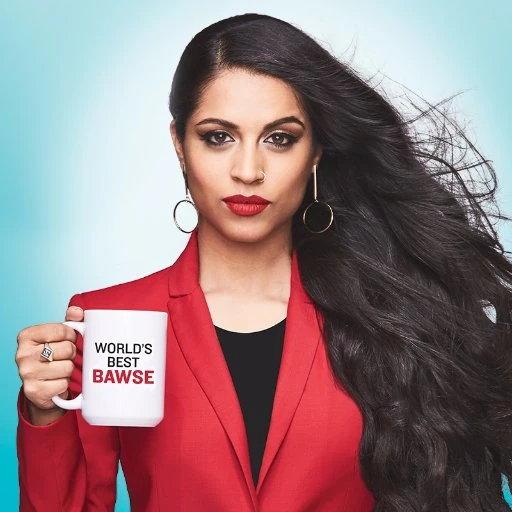
One of the most recognizable faces on the internet these days, Lilly Singh first got her start on YouTube under the name, IISuperwomanII. Her story really begins after she graduated from York University with a degree in Psychology. She has since stated in YouTube videos that after her graduation, she struggled with depression. When she started making videos later in 2010, she found it to be a therapeutic outlet. According to Lilly, she chose the name “Superwoman” because that’s what she called herself when she was younger when she “wanted to deal with life’s obstacles like a hero.”
Her channel soon took off and her tomboy, down-to-earth personality became her staple. As her fanbase grew, so did recognition of her “catchphrase” and signature red lipstick, so in 2016, she launched her own lipstick line called “Bawse.” The next year, she released her first book, How to be a Bawse: A Guide to Conquering Life, for which she went on tour for a few months later on in 2017.

Lilly has always made sure to stay connected to her audience, going on tour in 2015 (for her documentary, A Trip to Unicorn Island) and in 2017 (book tour), filming daily vlogs on her second channel, and regularly having live-streams where fans can ask her questions.
Her success is likely due to her unique style, but also her constantly trying something new besides just YouTube videos. Just this past March, it was announced that Lilly will host her own late-night talk show, A Little Late with Lilly Singh, which premiered this September.
In just nine years, Lilly went from a depressed college grad to touring the world, having her own lipstick brand, writing a book, achieving 14.9 million subscribers, and hosting her own show on NBC. With the help of the internet, Lilly Singh branded and marketed her signature personality to the world.

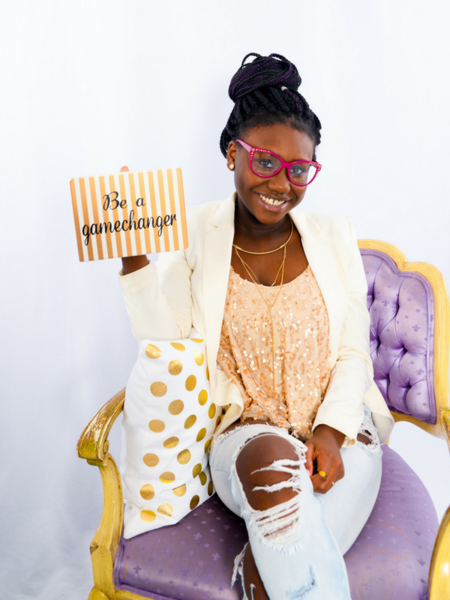
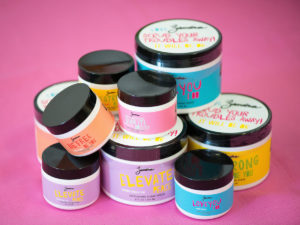
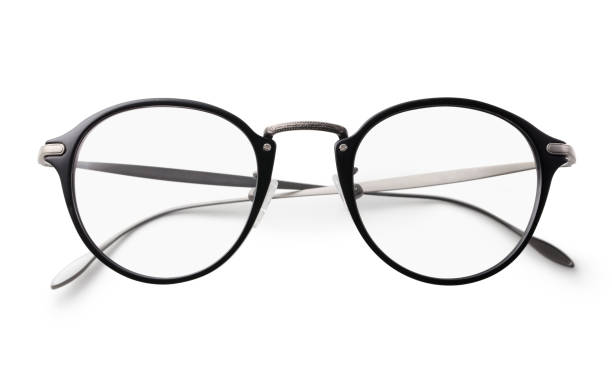 Nine years ago, Jeffrey Raider, Andrew Hunt, Neil Blumenthal, and David Gilboa founded a company called Warby Parker, a company which they hoped would address the need for eyeglasses in a different way.
Nine years ago, Jeffrey Raider, Andrew Hunt, Neil Blumenthal, and David Gilboa founded a company called Warby Parker, a company which they hoped would address the need for eyeglasses in a different way.




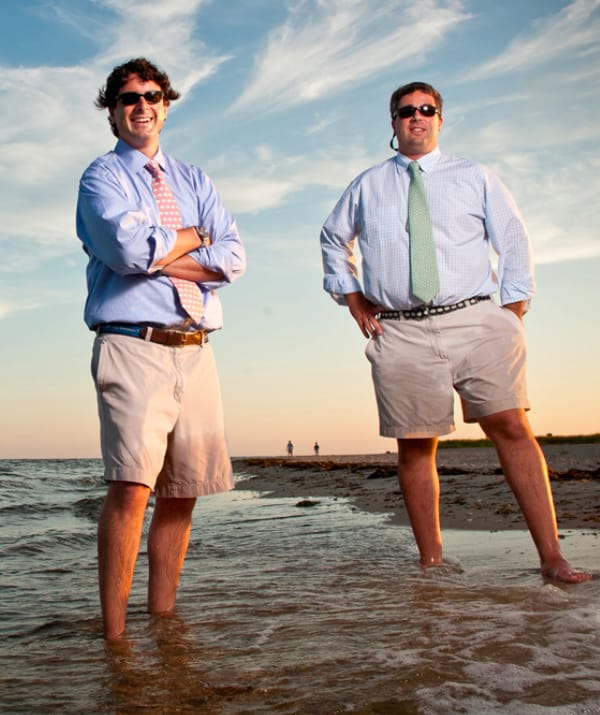 (and used their health plan just as much, they like to say). With their credit cards they used all they could to personally finance their dream of living the good life.
(and used their health plan just as much, they like to say). With their credit cards they used all they could to personally finance their dream of living the good life.